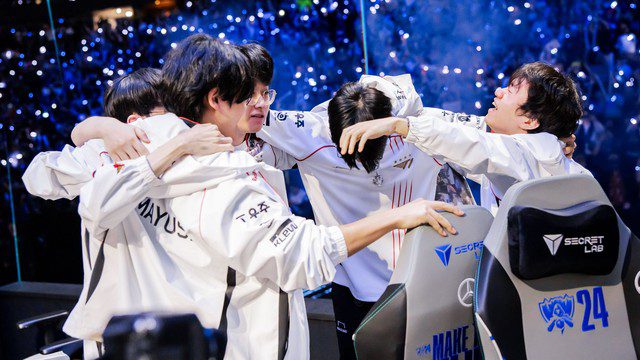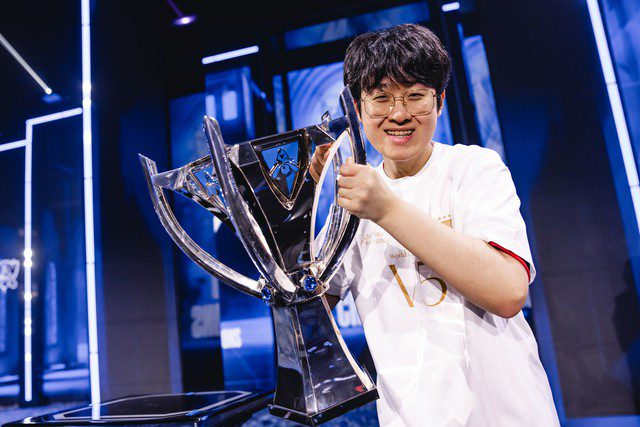A Superstar’s Salary Revealed Amidst the Drama Surrounding T1 and Zeus
Last week, the drama surrounding T1 and Zeus took a new turn when The Play (Zeus’s representative) released surprising information about T1 and how the team’s CEO’s comments were also quite personal. However, there was a new twist when HLE faced T1, as the situation was to be revived. Yet, before the season commenced, a detail related to Zeus was also brought to light.

According to reports, during a joint interview with Lehends, Oner disclosed his salary under a 2-year contract with T1, which amounts to approximately 5.3 million won (around 26 thousand USD). However, Lehends was not surprised to learn about his counterpart’s salary on the opposing team. After that, both teams focused on achieving victory in the VCS match.

Oner’s salary is relatively high compared to the average salary of LCK players, especially in a region like the LPL, which is also rapidly developing. Recently, when discussing Faker’s salary, female streamer Miss – a notable figure in esports in China – revealed that the salary of a superstar in the LPL is also around 10 million NDT per year.

Thus, Oner’s salary is significantly higher than that of an LPL superstar. Previously, there were rumors among T1 fans that this team had salary tiers. In that context, Faker’s position is always the highest, compared to his teammates Zeus and Gumayusi. If Oner’s salary is already impressive, it could be speculated that Zeus and Gumayusi might earn even more.

Given the high salary levels, combined with the LCK’s salary cap, T1 has had to reduce some of the benefits for their players. This situation is a key point mentioned in Zeus’s contract when The Play informed T1 that they had agreed to terms without being able to accept benefits with a team that has won the World Championship twice.

T1 Faces Continuous Pressure to Achieve Success
As the most successful team in League of Legends history, T1 must also confront increasing financial pressures, especially as they roster many superstars in their positions. T1 has to be cautious about many factors to sustain, although there are methods to achieve stability, the effectiveness has yet to be seen while they are facing many serious challenges.





















